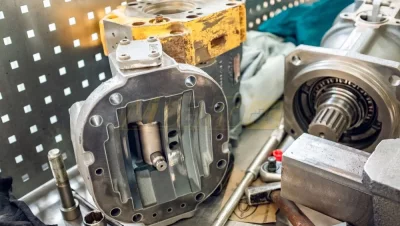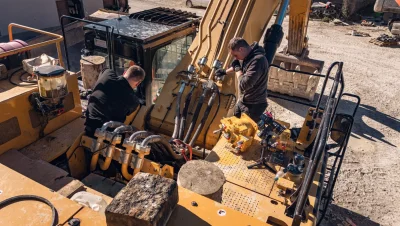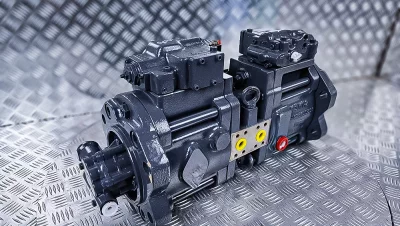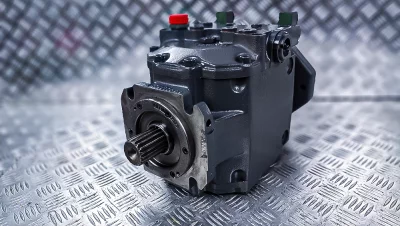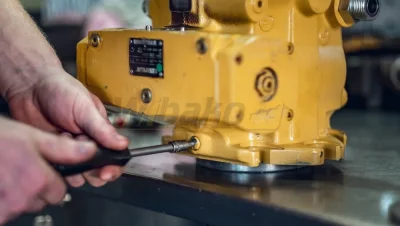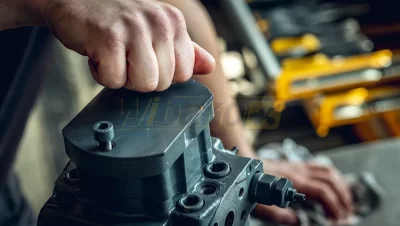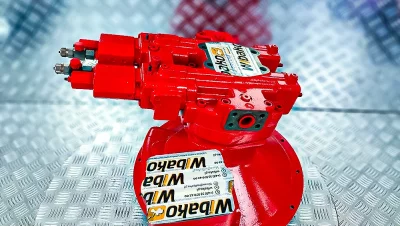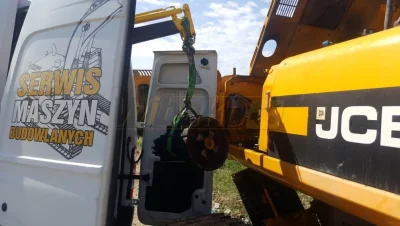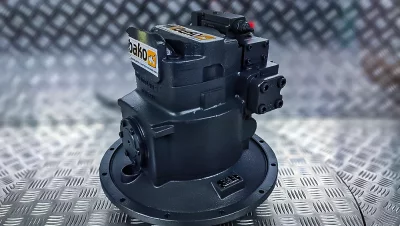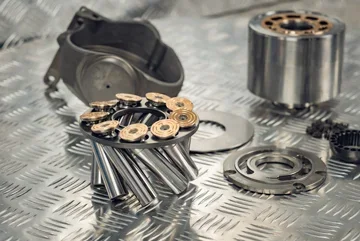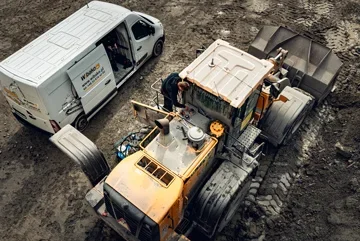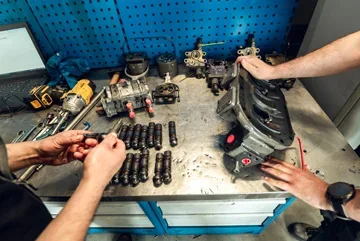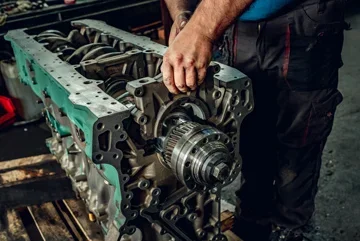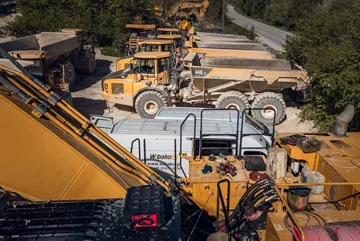Introduction
Incorrect assembly as well as operation can cause improper functioning of the internal combustion engine and even its permanent damage. The following list is a compilation of cases we have personally encountered in our work.
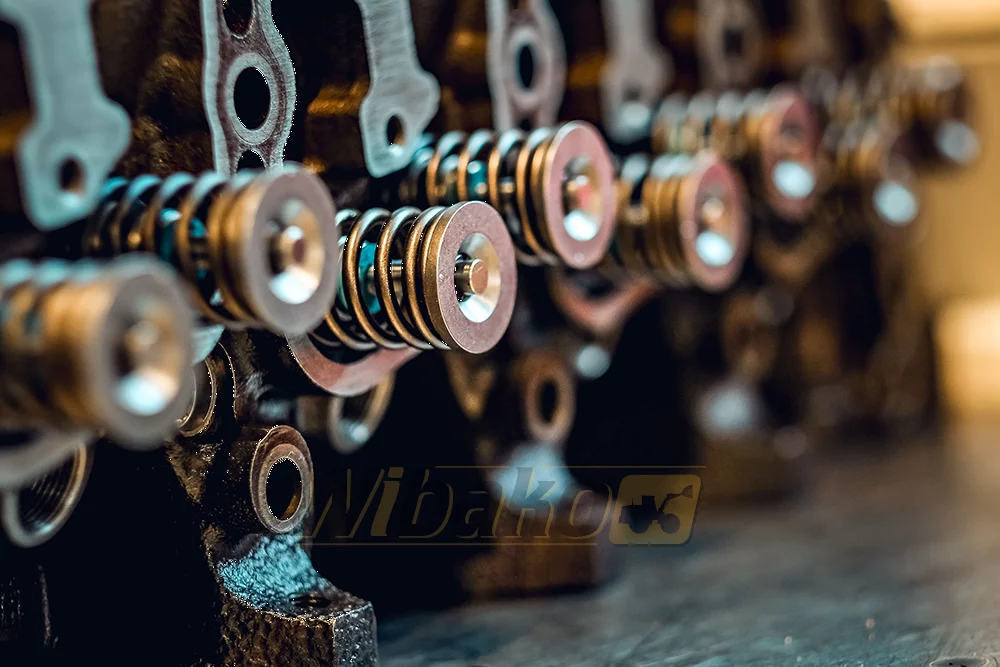
Leaky intake system, lack of air filter (engine risk: very high)
Operating the engine on unfiltered air can cause permanent damage. An example can be the Perkins 1006-6T (YB) engine installed in the Fuchs MH350 machine. About 30 mth have passed since the overhaul, but the engine has drastically "weakened" during this time, as it worked without an air filter. This caused the engine to seize on the liners/pistons, wear of the valves in the cylinder head and damage to the turbocharger.
Countermeasures:
- Installation of a proper air filter
- Checking the line connecting the filter to the engine (over a longer period of time, a leak can cause a similar effect as a complete lack of a filter)
- Regular inspection of the intake system
Clogged air filter (engine risk: medium)
Operating the engine on a partially clogged air filter may result in low power and black smoke. With longer engine operation with air deficiency, soot may accumulate on the pistons, resulting in faster engine wear. In this case, replacing the air filter with a new one is enough to eliminate the symptoms.
Operation with insufficient amount of engine oil
A shortage of engine oil can very quickly lead to permanent damage to the internal combustion engine. There can be several reasons for engine seizure due to lack of lubrication:
- Not filling the oil filter after its replacement,
- starting the engine during oil change (in the absence of oil),
- damage to the hose on the oil line (very often encountered in Perkins 1006-6T engines),
- operation with too low oil level (the operator should regularly check the engine oil level),
- operation at too low oil pressure,
- operation with too large machine tilt.
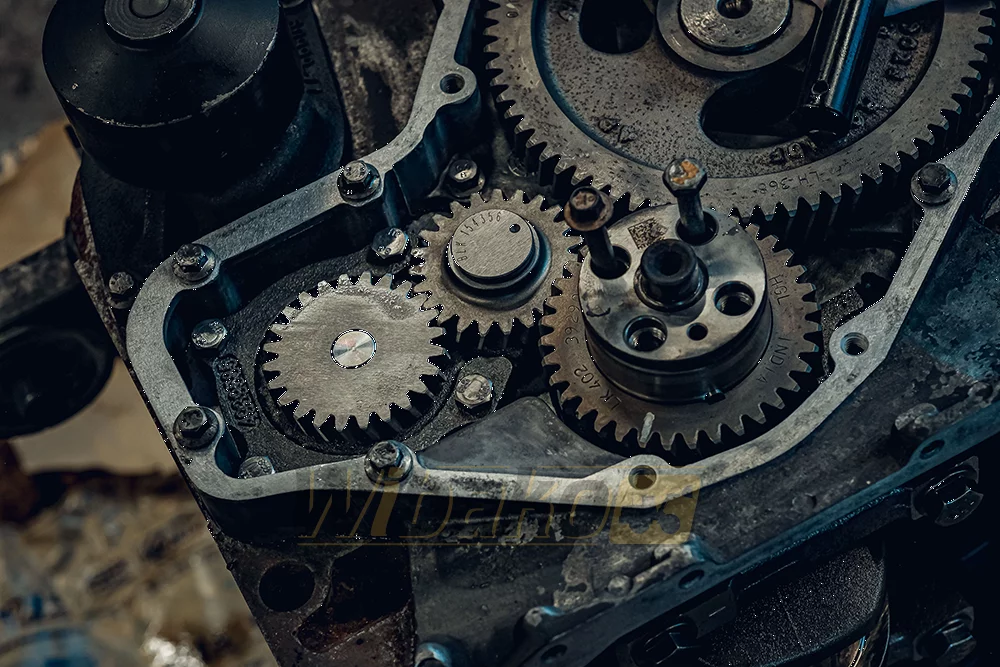
Blocked crankcase ventilation (engine risk: high)
Blockage in the crankcase ventilation can cause engine damage. An example can be the Caterpillar 3054E (5HK) engine. In this type, the crankcase ventilation is mounted on the valve cover and has an additional filter, which often gets clogged.
Symptoms of blocked crankcase ventilation include "ejection" of oil by the engine, blowing out of the dipstick and even blue smoke during operation. Additionally, it should be noted that damage to the turbocharger can cause oil leakage on the engine intake manifold, which in turn leads to its combustion. Operating on a mixture of engine oil and fuel can lead to permanent damage.



